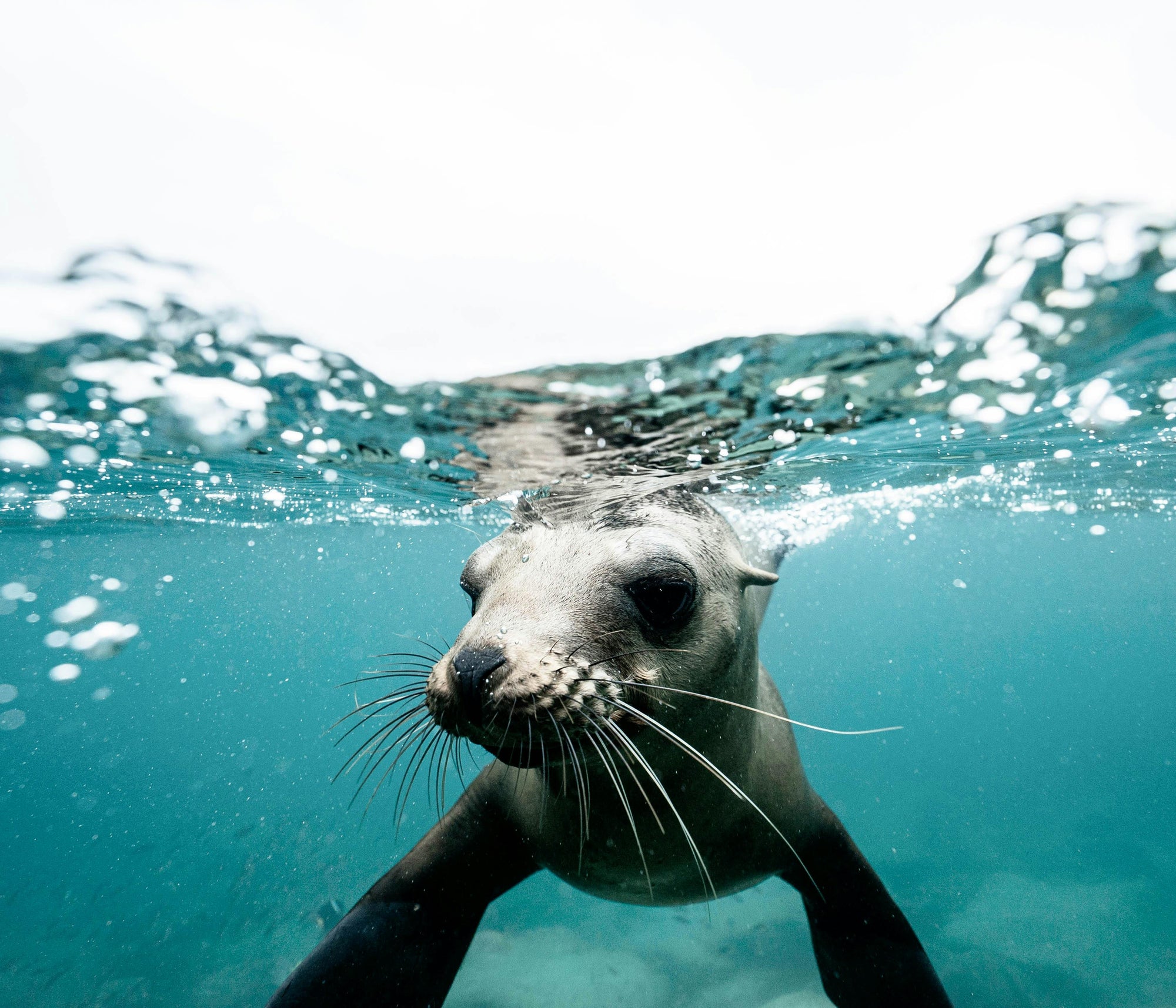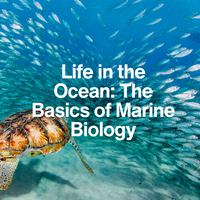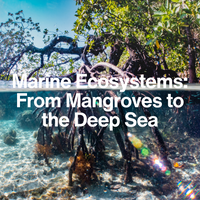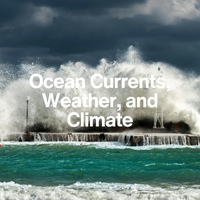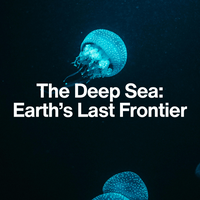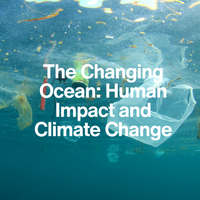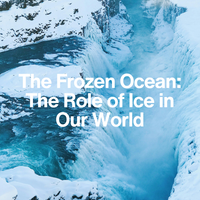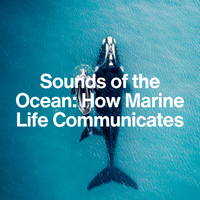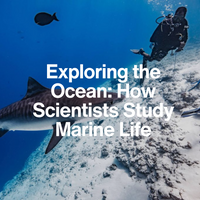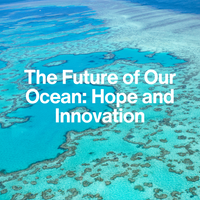LESSON 1
What Is Marine Life?
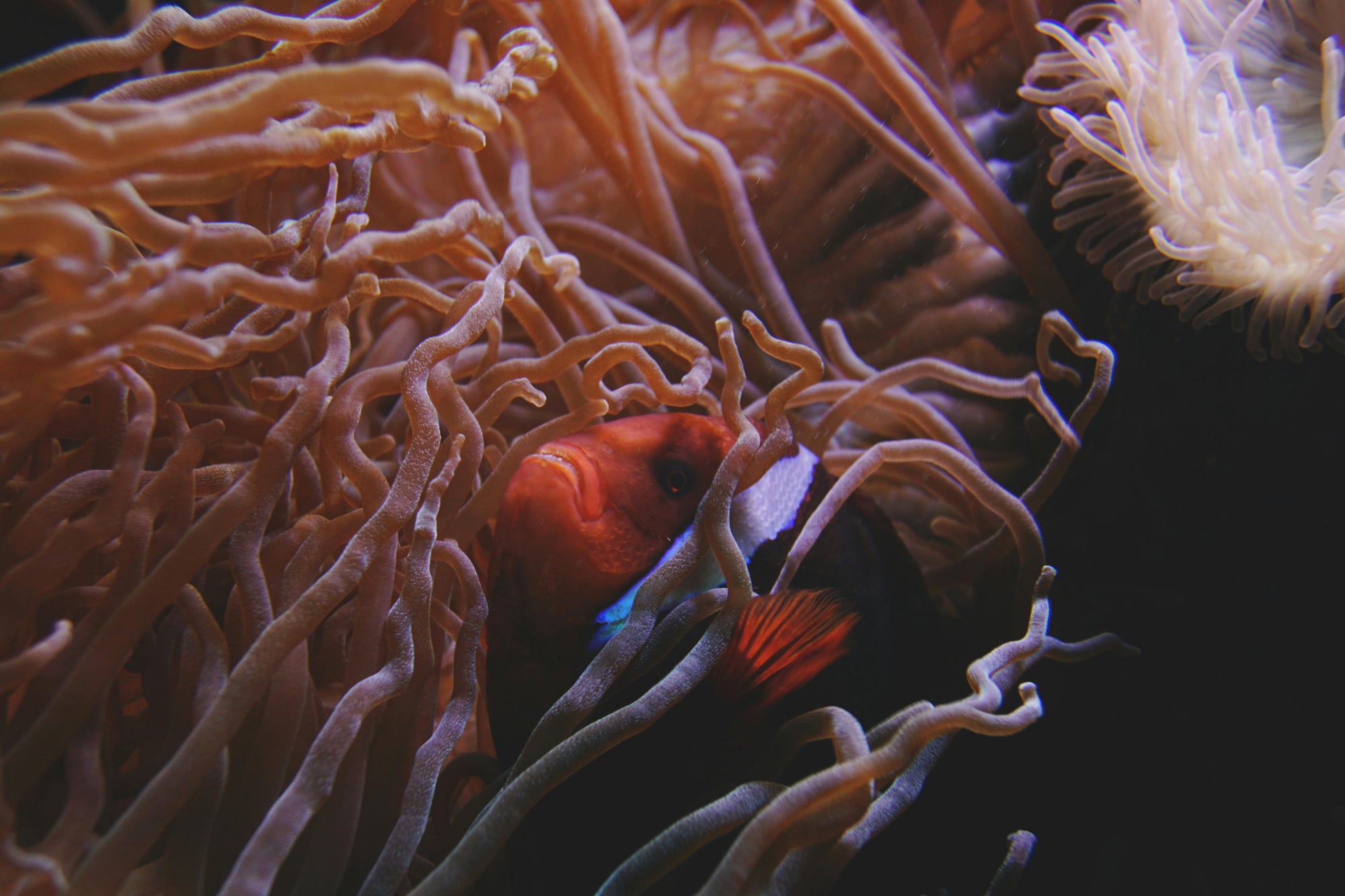
Introduction:
The Living Ocean
The ocean is teeming with life—from vast kelp forests and swirling schools of fish to invisible microbes and deep-sea dwellers that glow in the dark. But what exactly is marine life?
In this lesson, we’ll introduce the full cast of ocean inhabitants: the plants, animals, and microbes that make up the diverse web of marine ecosystems. Understanding who lives in the ocean is the first step to understanding how this vast blue world functions—and how we can protect it.
1. Marine Plants: The Ocean’s Green Machines
When we think of plants, we often picture forests or gardens. But the ocean has its own photosynthetic powerhouses that form the base of many food webs.
Key Marine Plants & Plant-like Organisms
Did you know?
These photosynthesizers not only provide food but also absorb carbon dioxide and release oxygen, as well as stabilising shorelines and protecting beachfront land by attenuating waves.
2. Marine Animals: From Tiny to Titanic
Marine animals range from the microscopic to the massive—and they come in every shape, size, and strategy imaginable.
Some notable marine groups
Fun Fact
The blue whale—the largest animal to ever live—is a marine mammal!
3. Marine Microbes: The Unseen Majority
Marine microbes may be invisible to the naked eye, but they play enormous roles in keeping ocean ecosystems functioning.
Types of Marine Microbes
Did you know?
Microbes regulate nutrient cycles, support food webs, and can even influence weather by affecting how clouds form over the ocean.
Conclusion
One Ocean, Countless Lives
Marine life is far more than just fish and dolphins—it’s an intricate network of plants, animals, and microbes, all working together to keep the ocean (and our planet) in balance.
Whether they’re photosynthesizing in shallow waters, swimming through the open ocean, or thriving in the deep sea’s darkness, each form of marine life has a role to play in this vast and vibrant system.
Key Takeaways:
Marine life includes three broad groups: plants (and algae), animals, and microbes.
Phytoplankton, seagrasses, and kelp form the foundation of many marine ecosystems.
Animals in the ocean range from invertebrates to giant mammals like whales.
Microbes are essential for nutrient cycling, food webs, and overall ocean health.
NEXT LESSON
How Do Ocean Creatures Survive in Different Environments?
From sunlit coral reefs to freezing polar seas and the crushing pressure of the deep, marine life has evolved incredible adaptations to survive in every corner of the ocean. In the next lesson, we’ll explore the different ocean zones and how creatures thrive within them.
